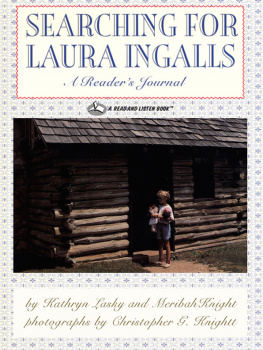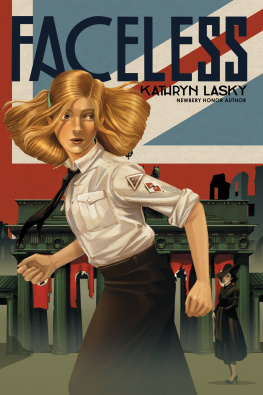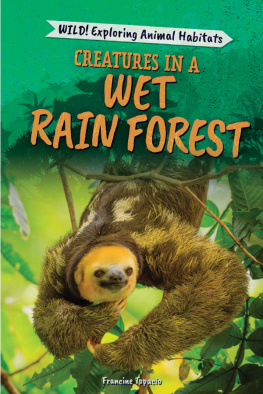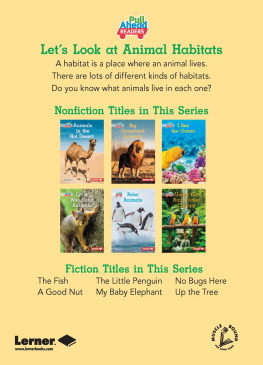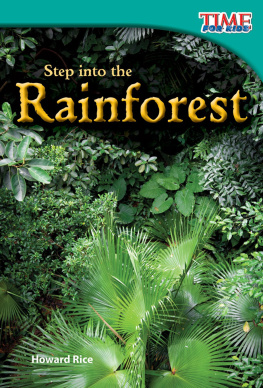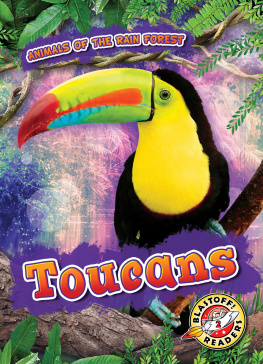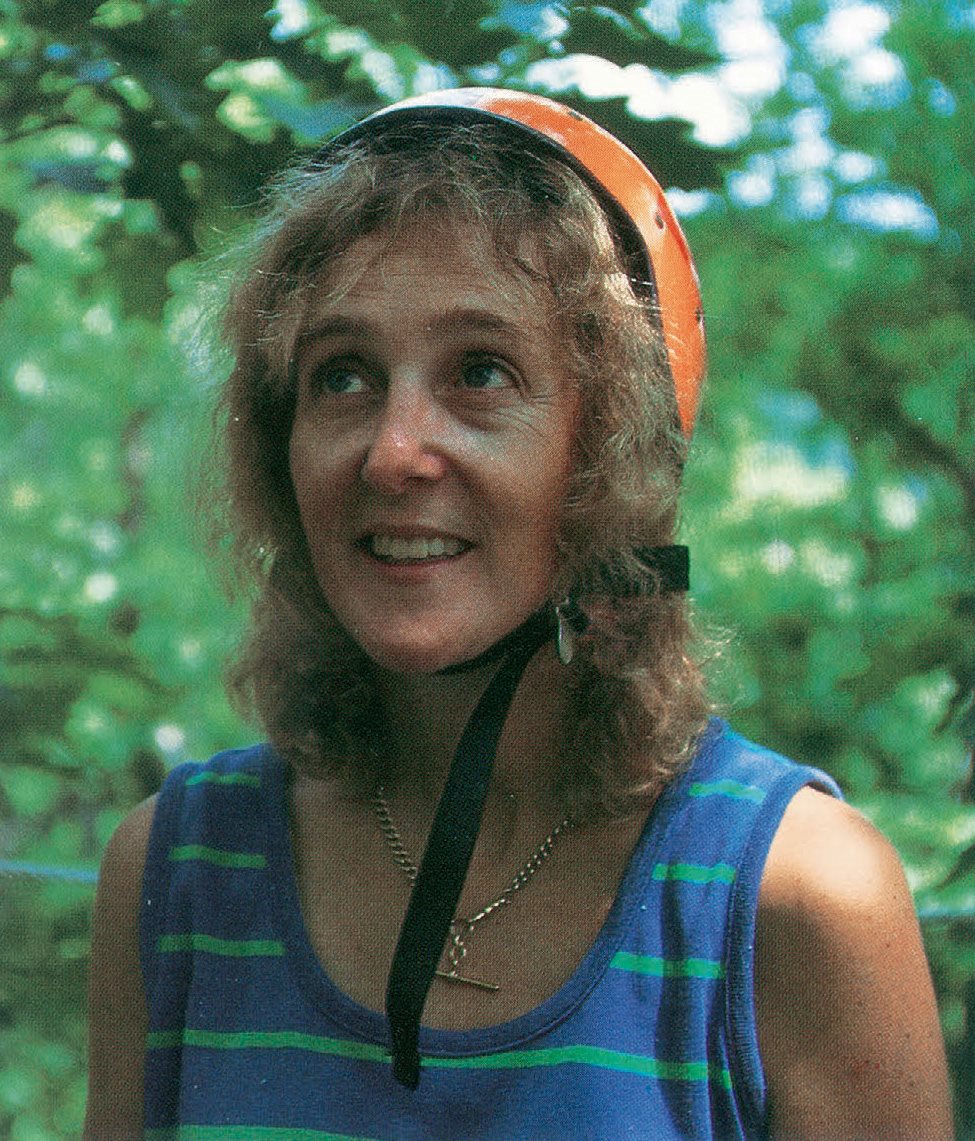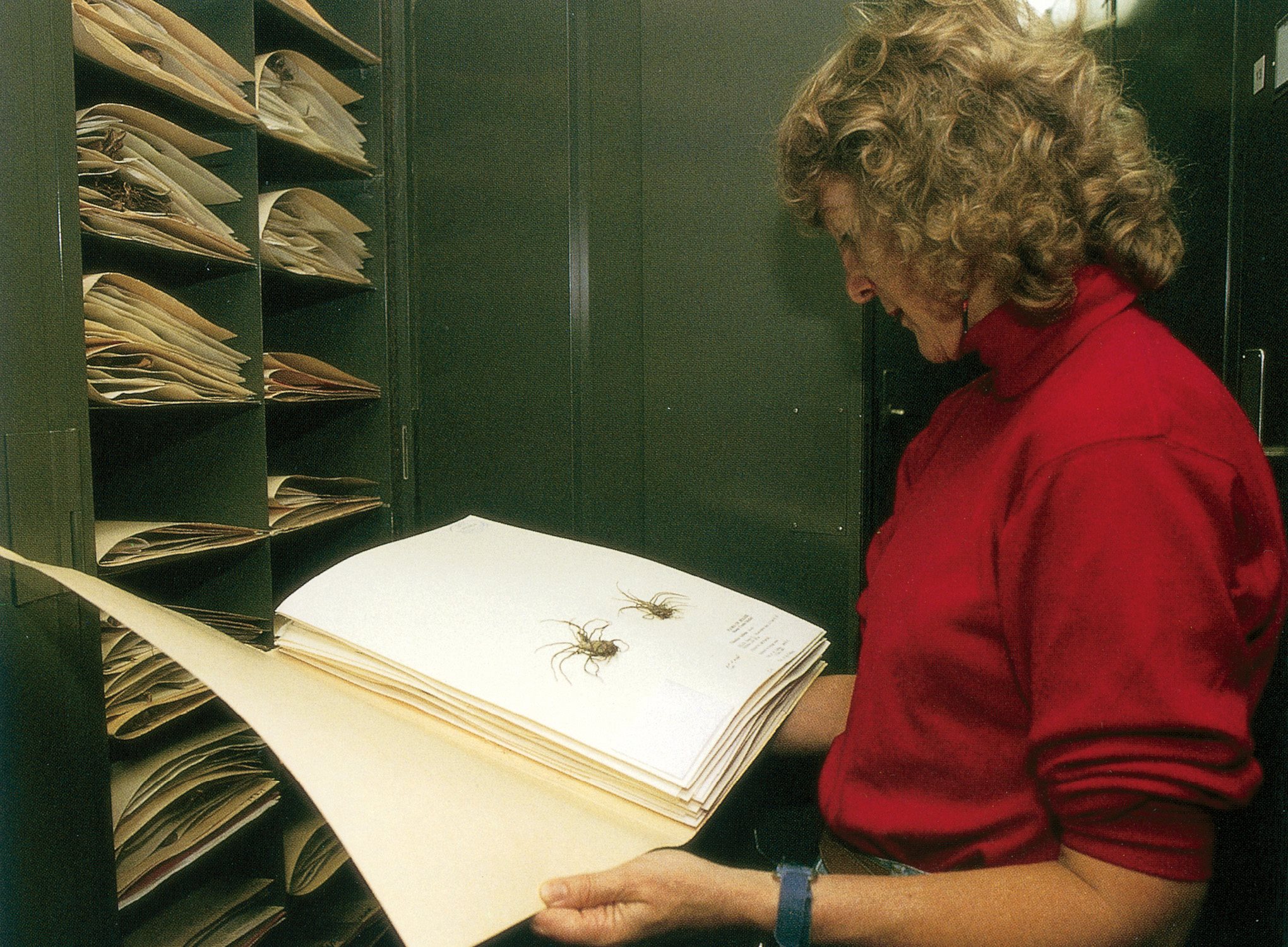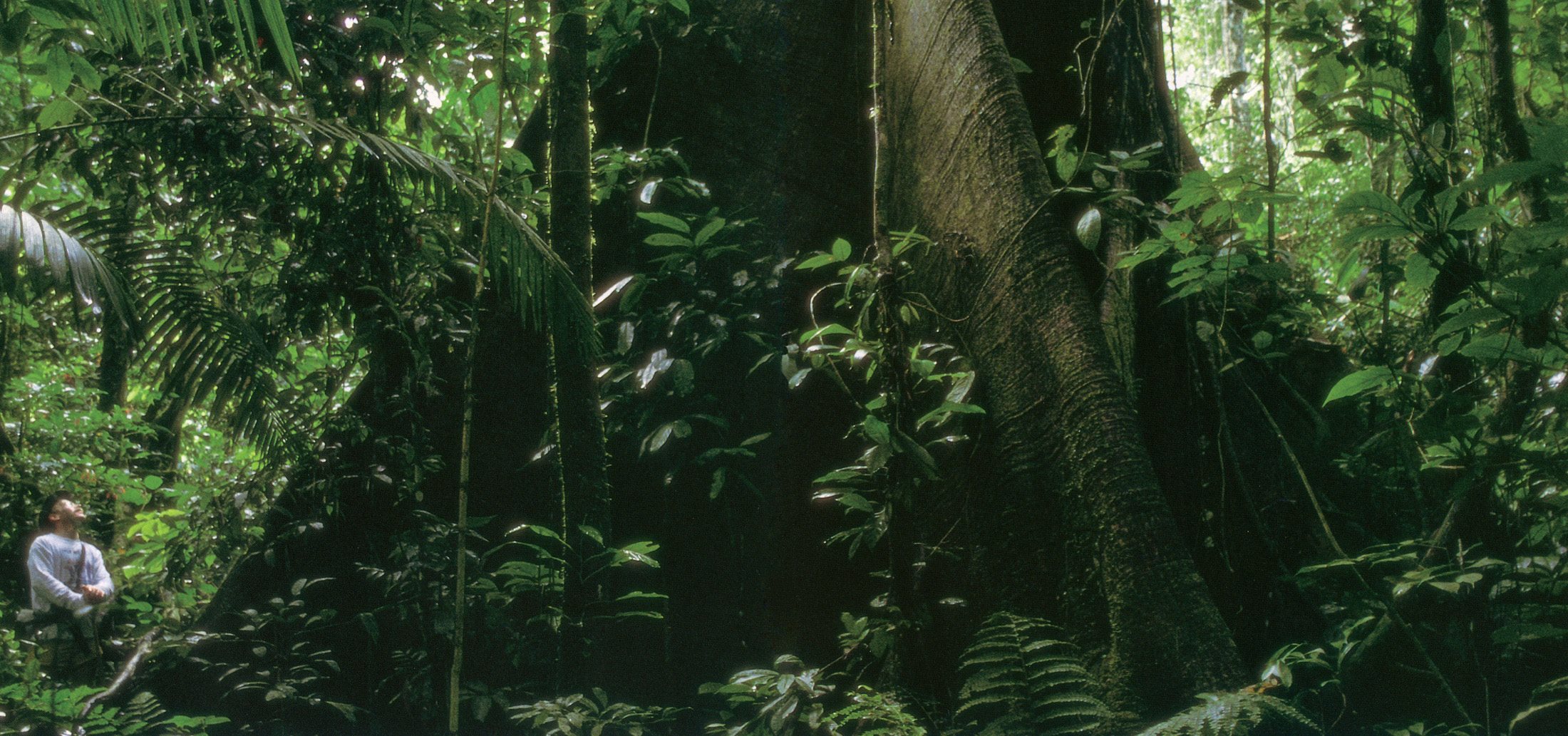Text copyright 1997 by Kathryn Lasky Knight
Photographs copyright 1997 by Christopher G. Knight
Grateful acknowledgement is made to Jack Schultz for the photograph of leafcutter ants; to Raphael Gaillarde/Liaison International for the photograph of an inflatable raft and dirigible; and to H. Bruce Rinker for the photograph of Meg Lowman aboard an inflatable raft. All images are used by permission.
All rights reserved. For information about permission to reproduce selections from this book, write to or to Permissions, Houghton Mifflin Harcourt Publishing Company, 3 Park Avenue, 19th Floor, New York, New York 10016.
www.hmhco.com
The Library of Congress has cataloged the print edition as follows:
Lasky, Kathryn.
The most beautiful roof in the world; exploring the rainforest canopy/Kathryn Lasky: photographs by Christopher G. Knight.
p. cm.
Summary: Describes the work of Meg Lowman in the rainforest canopy, an area unexplored until the last ten years and home to previously unknown species of plants and animals.
ISBN 978-0-15-200897-0 paperback
ISBN 978-0-15-200893-2 hardcover
1. Rain forest ecologyResearchJuvenile literature. 2. Forest canopy ecologyResearchJuvenile literature. 3. Lowman, MargaretJuvenile literature. 4. Plant ecologistsUnited StatesBiographyJuvenile literature. [1. Lowman, Margaret. 2. Rain forest ecology. 3. Rain forests. 4. Ecology. 5. Ecologists.]
I. Knight, Christopher G., ill. II. Title.
QH541.5.R27L375 1997
574.5'2642dc20 95-48193
eISBN 978-0-544-49574-6
v2.0316
We would like to thank the following people for their participation and invaluable help in making this book: Dr. Meg Lowman, director of research at Selby Gardens in Sarasota, Florida, and her two sons, Edward and James; Jeffrey Corwin, the field naturalist at Blue Creek in Belize; and Edward Lowman Sr., who helped to build the skywalk at Blue Creek.
In particular, the author of this book would like to express her heartfelt thanks to all of the people mentioned above, who helped her make the ascent into the canopy despite her fear of heights.
K. L. and C. G. K.
Pioneer in the Rainforest
M EG L OWMAN climbs trees. She has climbed trees since she was a little girl in search of insects, leaves, and flowers, and now it is her job. Meg is a rainforest scientist, and her specialty is the very top of the rainforest, the canopy.
During the past ten years Meg has spent at least five days a month in the treetops, which adds up to six hundred days. And this does not include the approximately ten days every month she spends at the base of trees looking up. Meg wants to know about the relationships between plants and insects in the canopy. She is especially interested in herbivory, leaf and plant eating by insects and other animals. She wants to know which insects eat which leaves and how their feeding affects the overall growth of the rainforest. To answer these questions she must spend a great deal of time either up in a tree or back in her laboratory, studying samples. Megs lab is at the Marie Selby Botanical Gardens, a rainforest research center in Sarasota, Florida, where she is director of research and conservation.
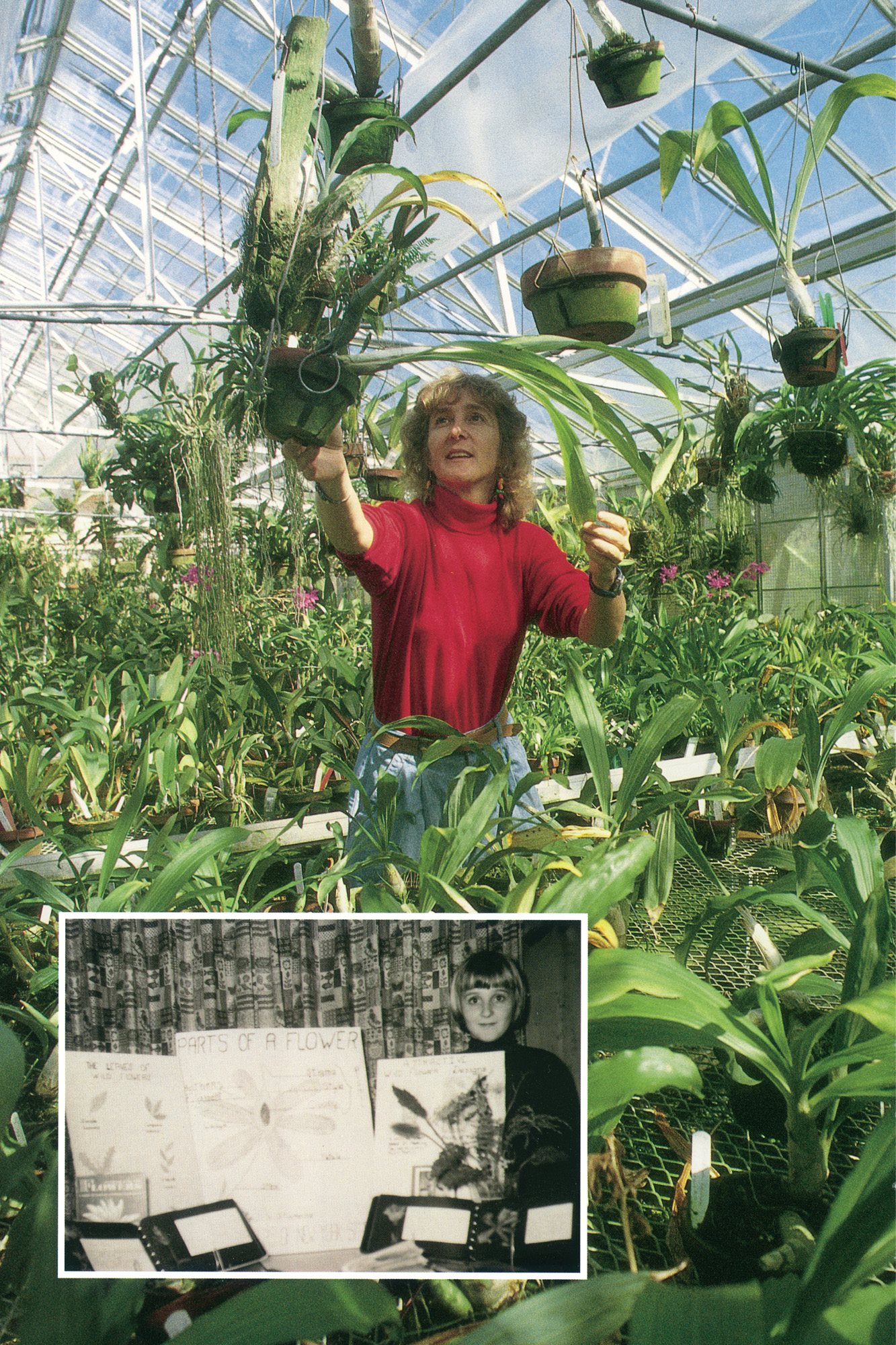
Meg cannot remember a single day in her life when she wasnt either looking at or studying a plant, leaf, flower, or insectexcept possibly those days when she went to the hospital to give birth to her two sons, Edward and James. Since Meg was six, she has been fascinated by the natural world. As a child she had a birds nest collection, a rock collection, a shell collection, an insect and butterfly collection, and a bud collection. Her bedroom was stuffed with outdoor treasures. Her great love was flowers; in the fifth grade she was the only child in her class to enter the state science fair. She made a wildflower collection and won second prize.
When Meg was ten years old, she was intrigued by two women: Rachel Carson, one of the first environmentalists, who studied and wrote about the delicate relationships in the web of life, and Harriet Tubman, the most famous conductor of the Underground Railroad. Threading through the countryside and deep woods on long, frightening nights, Harriet Tubman guided countless African Americans out of slavery to freedom. Meg read that she often navigated by feeling for the moss that grew on the north sides of trees. But it was not only moss that she had to look for. She had to know which berries and nuts could be eaten, which could make the difference between starvation and survival. She had to know how to find a swamp to plunge into when slave-hunting dogs bore down; the sulfurous mud and slime could disguise a human scent and confuse the dogs. She had to be attuned to the environment in order to guide her people on their perilous journey. Harriet Tubman, says Meg, was a pioneer field naturalist, one of the first women field naturalists in this country.
W HEN M EG is at Selby Gardens, she busily sorts, classifies, and prepares the samples of plants, flowers, and insects she has brought back from her explorations in rainforest canopies all over the world. She has a special permit that allows her to collect many rare specimens, some of which are brought back live and continue to grow in the Selby greenhouses. Selby has one of the largest collections of orchids and bromeliads in the world.
S OMETIMES Meg brings back parts of plantsleaves or blossoms. These she must carefully preserve by pickling or pressing. To pickle plant parts she puts them in a solution of alcohol and water. Although their color might change, the flowers retain their three-dimensional form for study.
To press a plant specimen she folds the flowers and leaves carefully in newspaper, then places them between sheets of cardboard, where they begin to dry out. Back at Selby the drying is finished in low-temperature ovens. Finally Meg glues them down on special acid-free paper. Each preserved plant is carefully tagged and labeled and then put in the herbarium, a plant library.
To gather species of plants and insects, Meg has climbed ropes to pluck leaves, sailed aloft in hot-air balloons to gather orchids, swung on trapezes through the foliage, and even hung over the side of an inflatable raft resting on the canopy. Meg has tried most methods of ascent in her exploration of the canopy. And it has been exciting; she has not only found marvelous insects but has joined the butterflies, swung with the spider monkeys, and peered into the magical little frog ponds at the tops of trees in the tanks of bromeliads.
Next page

